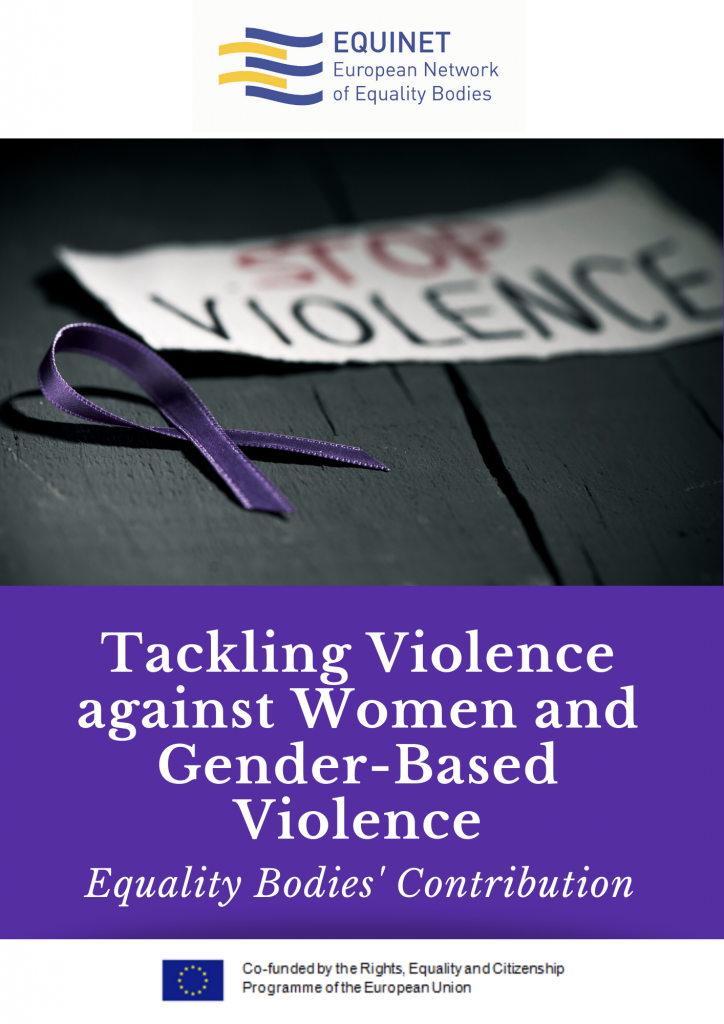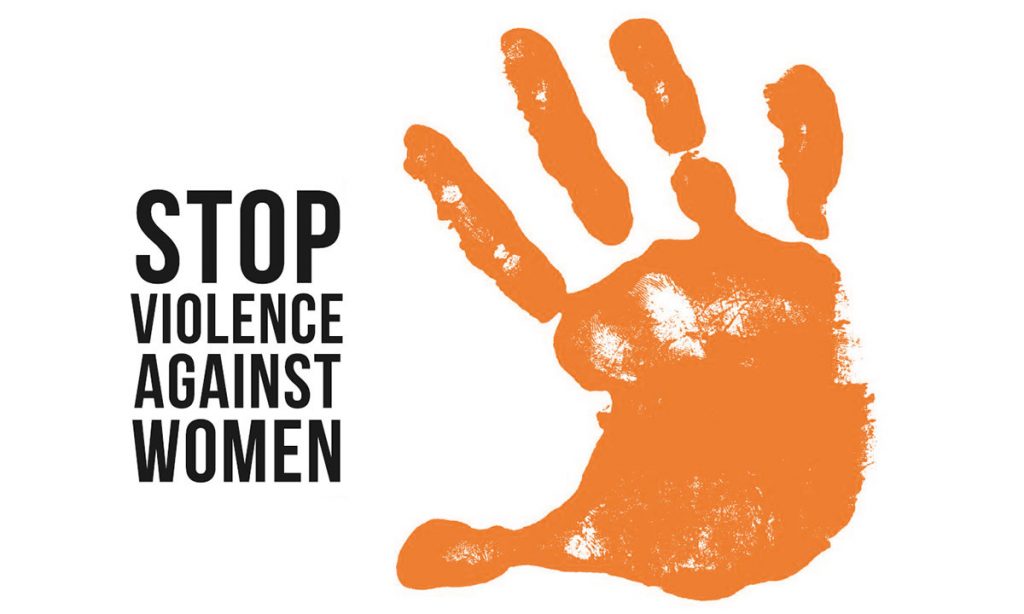Tackling Violence against Women and Gender-Based Violence: Equality Bodies’ Contribution
Violence against women is a structural and global phenomenon that knows no social, economic or national boundaries. It is a serious violation of human rights, most drastic form of discrimination on the ground of gender and remains widely unsanctioned. Every day in Europe, women are psychologically, physically and sexually abused in the “safety” of their own homes, stalked, harassed, raped, mutilated, forced by their family to enter into marriage, or sterilised against their will.
The concept of violence against women has been widely recognized since the 1990s in international normative acts concerning human rights. It has been adopted as a legal concept at all levels of the international legal system. The phenomenon is acknowledged in the universal legal system of the United Nations, covering practically all countries of the world, as well as in the regional legal systems of the Council of Europe and the European Union.
Gender-based violence is violence directed against a person because of their gender or one that disproportionally affects persons of a particular gender. Both women and men experience gender-based violence but the majority of victims are women and girls.
This Paper is a result of the work of the Equinet Project on Tackling Violence against Women (2017-2018) and the Working Group on Gender Equality. It looks at the legal frameworks governing the issue of violence against women, and how equality bodies can contribute to and best engage with these frameworks. It gathers examples of good practice by equality bodies, focusing on: promotional activities, surveys, recommendations, trainings and cooperation. It also highlights cases from equality bodies dealing with gender-based harassment, violence and hate speech.
Download Publication

Read the Paper in Word Format here.

